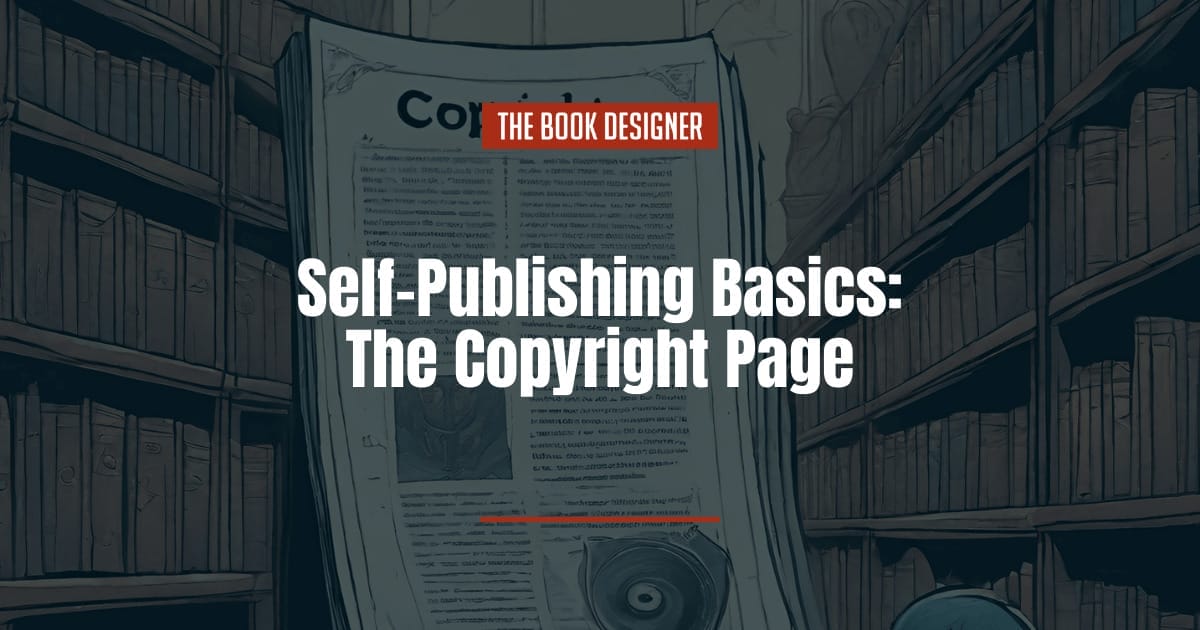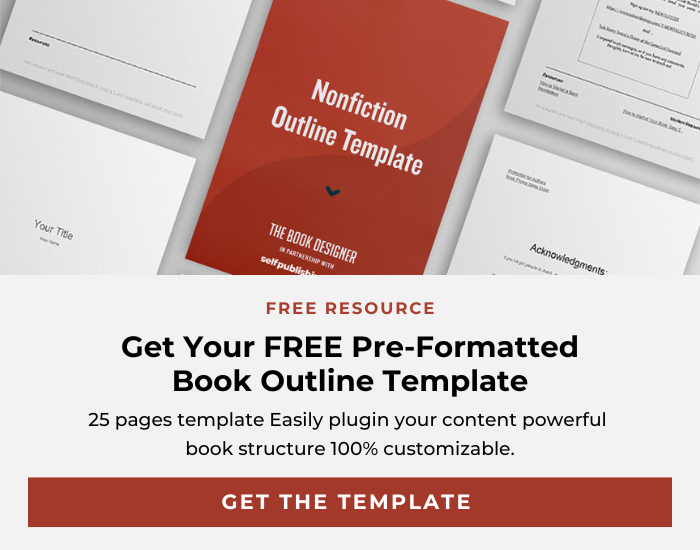In an earlier post on how to make a book, I explained the role of the copyright page:
Copyright page—Usually the verso of the title page, this page carries the copyright notice, edition information, publication information, printing history, cataloging data, legal notices, and the book’s ISBN or identification number. In addition, rows of numbers are sometimes printed at the bottom of the page to indicate the year and number of the printing. Credits for design, production, editing, and illustration are also commonly listed on the copyright page.
Now I’d like to look at the all-important copyright page in a little more detail. This page and its contents are the way your book is represented to librarians, bibliographers, other publishers, quantity sales buyers, writers wishing to use quotations from your book, and production planners of future editions.
Table of Contents
What Has to Be On Your Copyright Page No Matter What
The single most important element on the copyright page is, no surprise, the copyright notice itself. It usually consists of three elements:
- the © symbol, or the word “Copyright” or abbreviation “Copr.”
- the year of first publication of the work; and
- an identification of the owner of the copyright—by name, abbreviation, or some other way that it’s generally known.
An Example Copyright Page
© 2009 Joel Friedlander
At one time you actually had to print the copyright notice in an acceptable form to receive copyright protection in the U.S. but this is no longer the case.
Because the © symbol isn’t available on typewriters or computer terminals with only lower-ASCII character sets, the copyright symbol is often approximated with the characters (c). Unfortunately, this form of notice may not stand up in court.
What Else You’ll Find on the Copyright Page
Many of these items may not be applicable to your book, but this is where the publisher has to fit all the legal notices and other information for use by the book trade. Keep in mind that a reservation of rights is vital, and the publisher’s contact information is practical and appropriate. So here’s the rundown of other elements on the copyright page:
- Your reservation of rights, where you outline what rights you reserve and which you allow. Usually, a nod is made to fair use, which can hardly be prevented in any event. Because further permissions will involve the publisher’s approval, you will also find here…
- The publisher’s editorial address. Larger publishers will likely include…
- Ordering information including quantity sales, individual sales, college textbooks, or course adoption requests and orders by trade bookstores or wholesalers. In each case, specific contact information may be included.
- Any trademark notices the publisher may hold to names and logos of the publishing company or its publishing imprint.
- A statement regarding the environmental friendliness of the products and processes used to produce the book, like a notice that it is printed on recycled paper or with non-toxic soy inks.
- Cataloging-in-Publication Data, either from the Library of Congress for participating publishers, or from another source such as Quality Books, a distributor who will provide this data block for a fee. This is primarily of interest to library sales.
- An edition of the book. For instance, a second edition might or might not be noted on the title page, but will certainly be indicated on the copyright page.
- Printings and years indicators. These are the odd strings of “funny numbers” often seen near the bottom of the copyright page. Typically at the left margin will be years, and on the right a series of numbers to indicate printings. Next year, if a new printing is needed, the plates for the book do not need to be remade. The pressman simply erases one digit off each series of numbers, effectively updating the notice. This is for the use of the publisher’s production department and is likely to become an artifact as digital printing takes a larger share of the publishing pie.
- Lastly, some enlightened publishers use the copyright page to credit the contributors to the book including designers, production managers, proofreaders, indexers, and editors.
Think of the copyright page as the place where the publisher tries to get all its work done and take care of legal and bibliographic necessities, before getting out of the way of the author.
When you come to creating your own copyright page, pick the elements that seem most suitable to your book (you can find two more sample copyright pages here). Keep the whole thing as unobtrusive as possible and you can’t go wrong.




